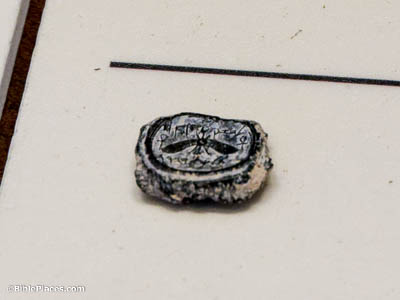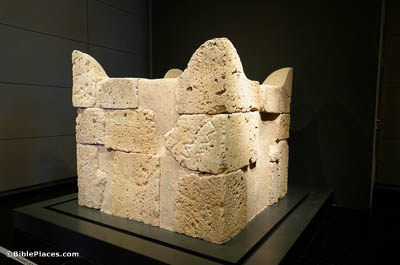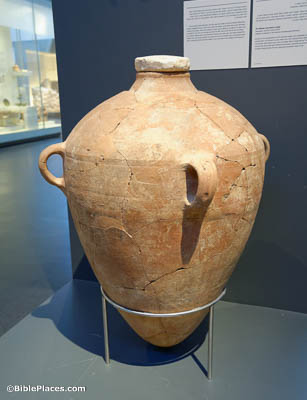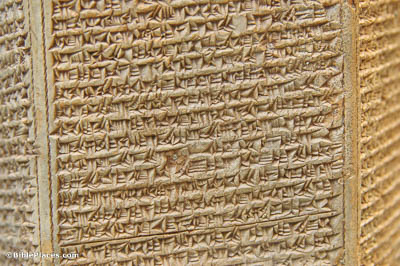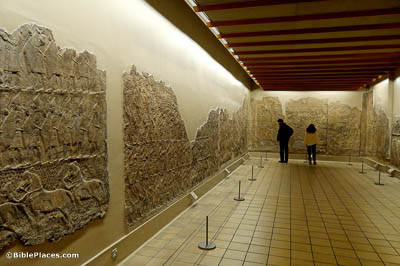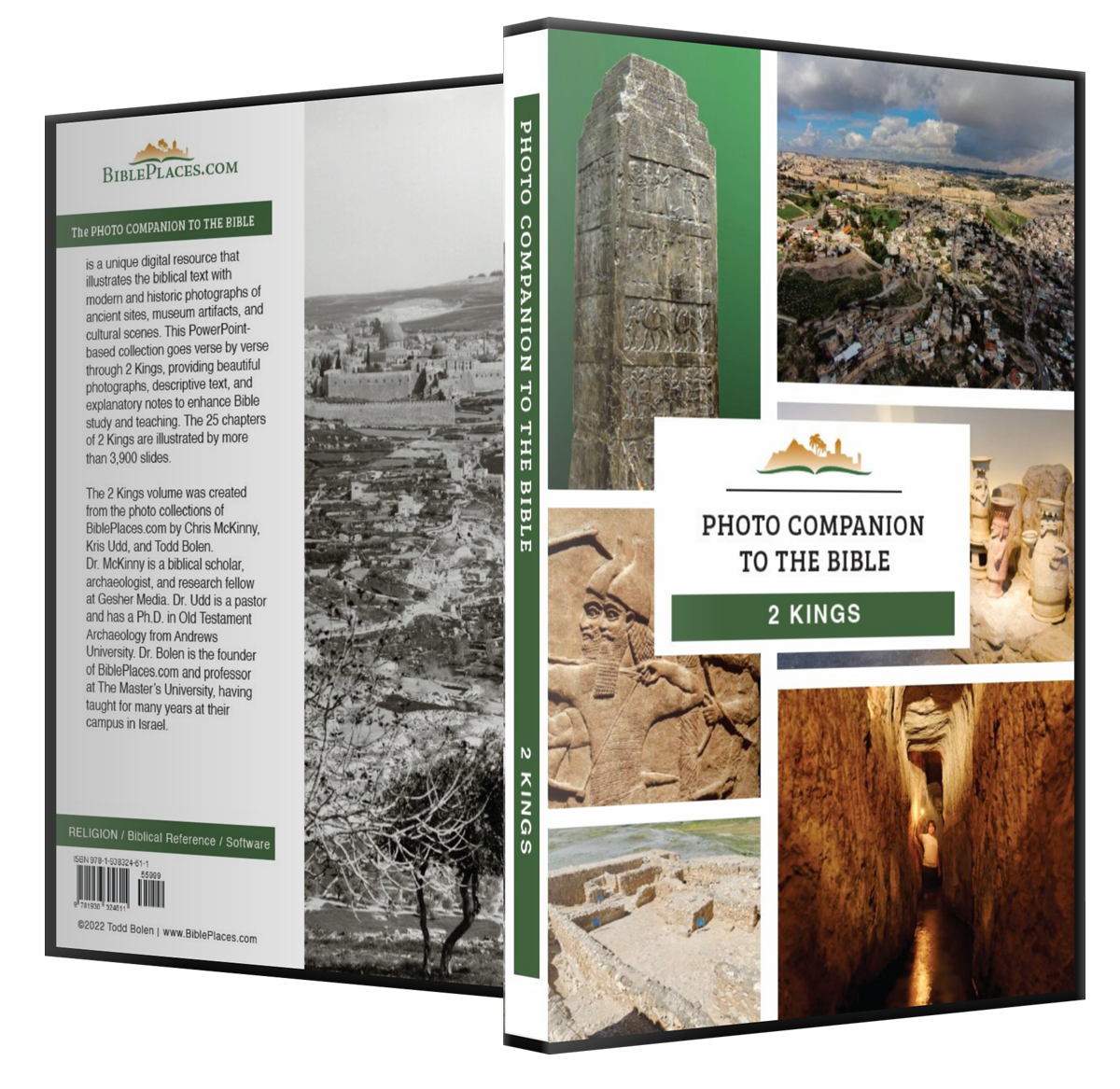Hezekiah the son of Ahaz, king of Judah, became king (2 Kings 18:1).
At least nine seal impressions have been discovered that once belonged to Hezekiah and bear his name. Although they vary somewhat, most bear an inscription reading “Belonging to Hezekiah, [son of] Ahaz, king of Judah.” Like the one shown here, they all feature Egyptian iconography; in this case, the central figure is a winged sun disk, flanked by a set of ankhs (the Egyptian symbol of life). In addition to these seal impressions, at least another 20 are known that belonged to men identified as servants of Hezekiah. This makes Hezekiah’s rule one of the best-attested epigraphically among the kings of Judah.
